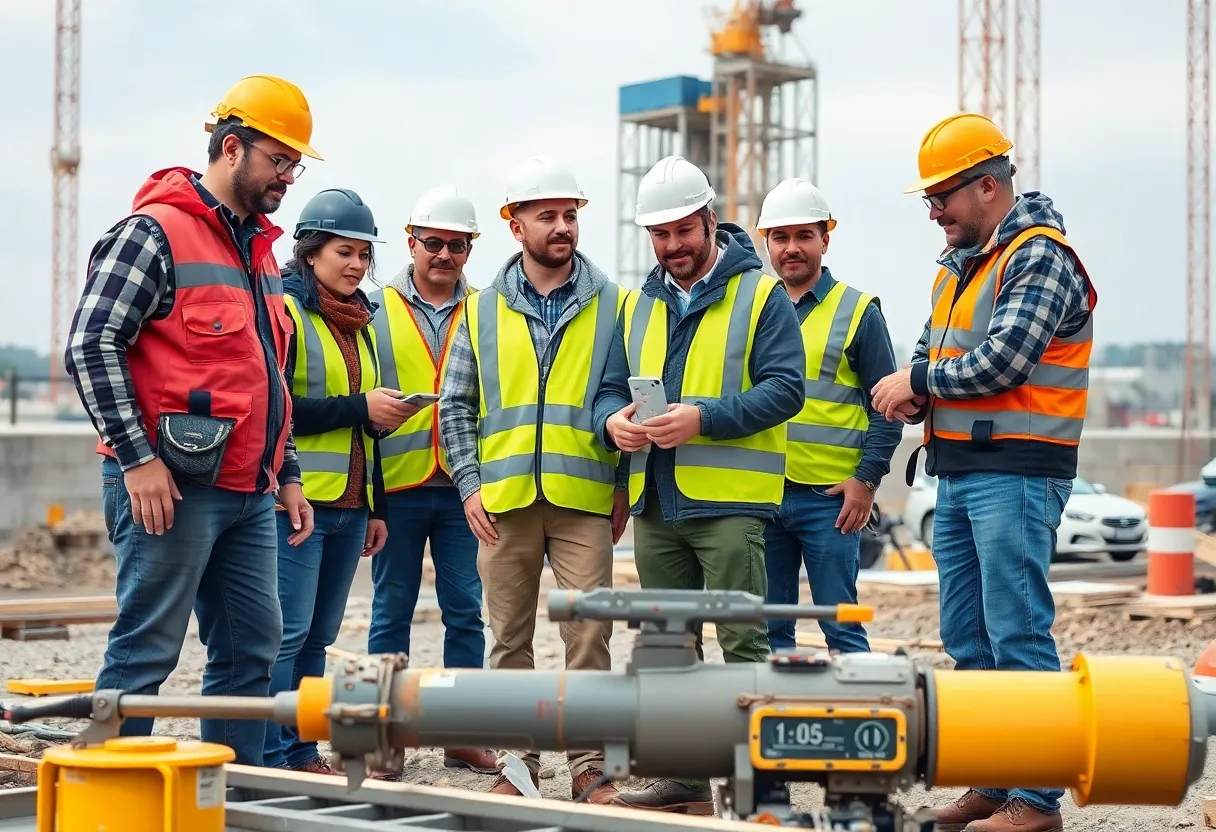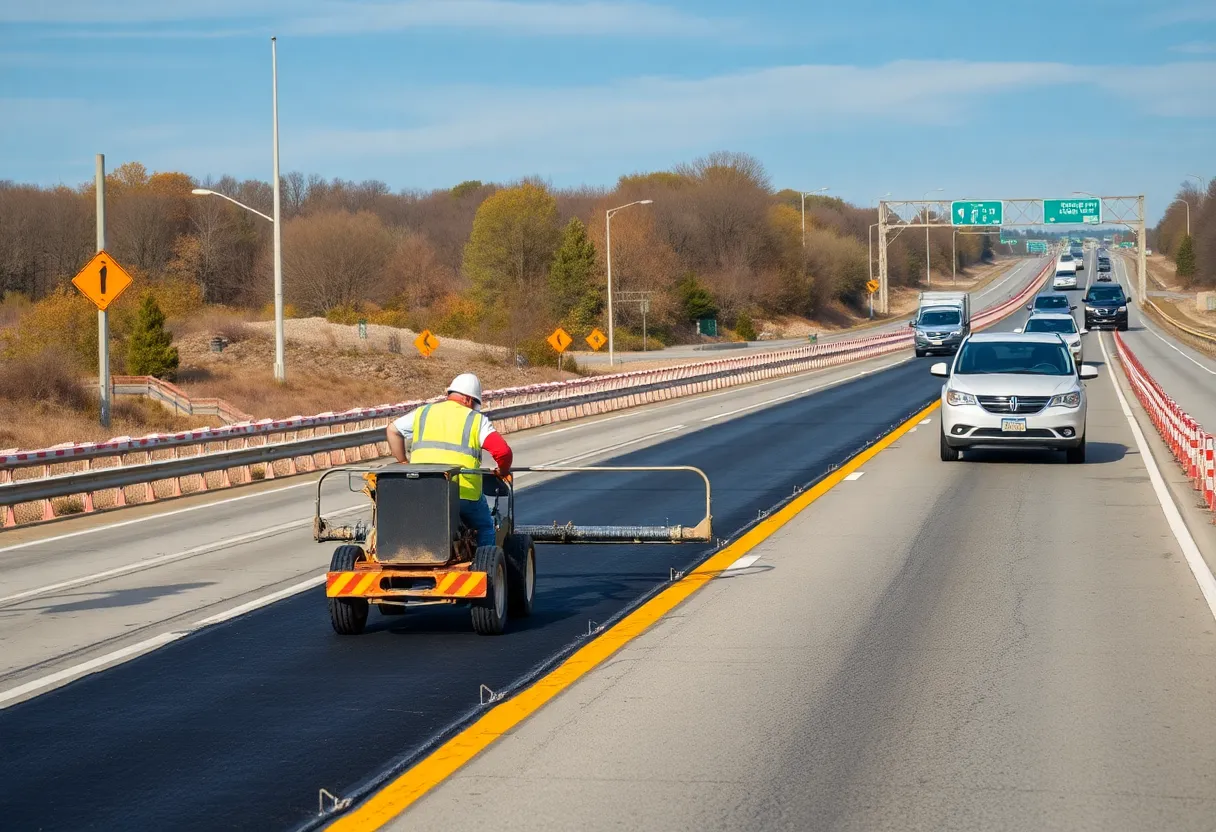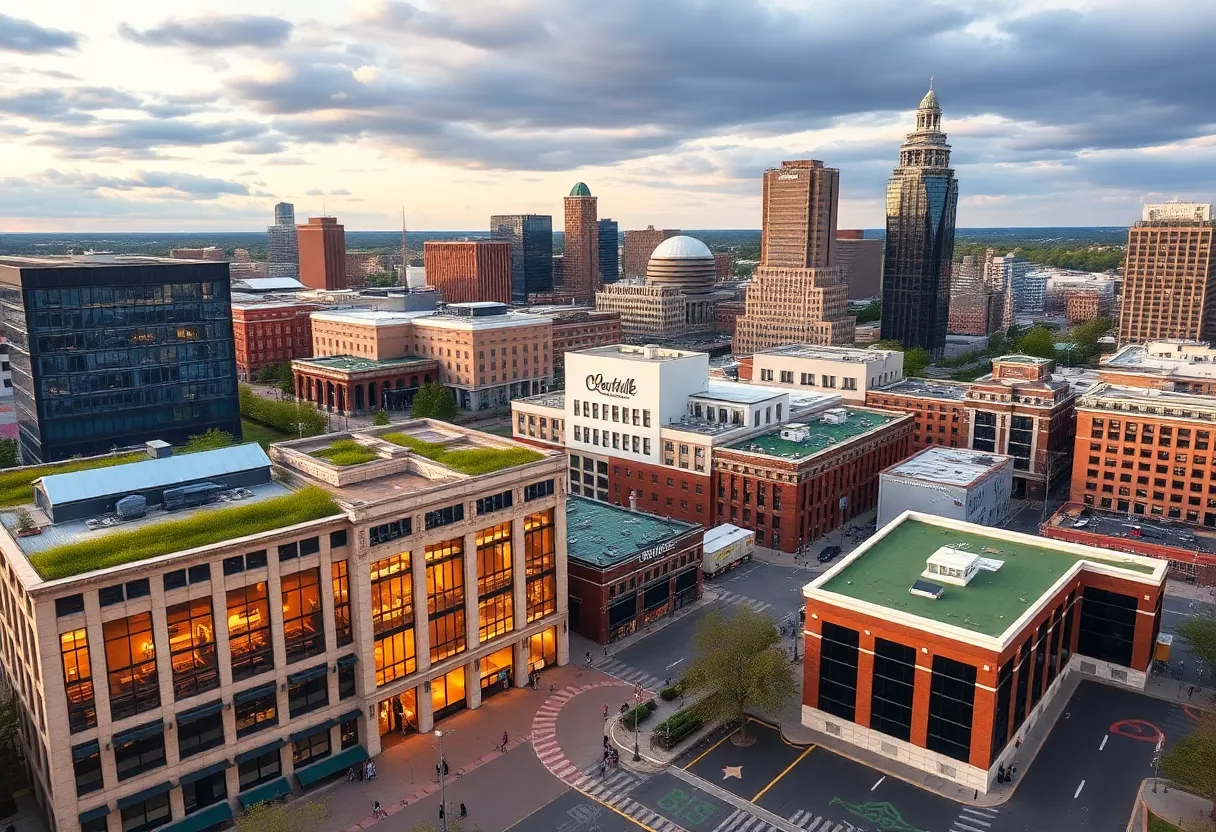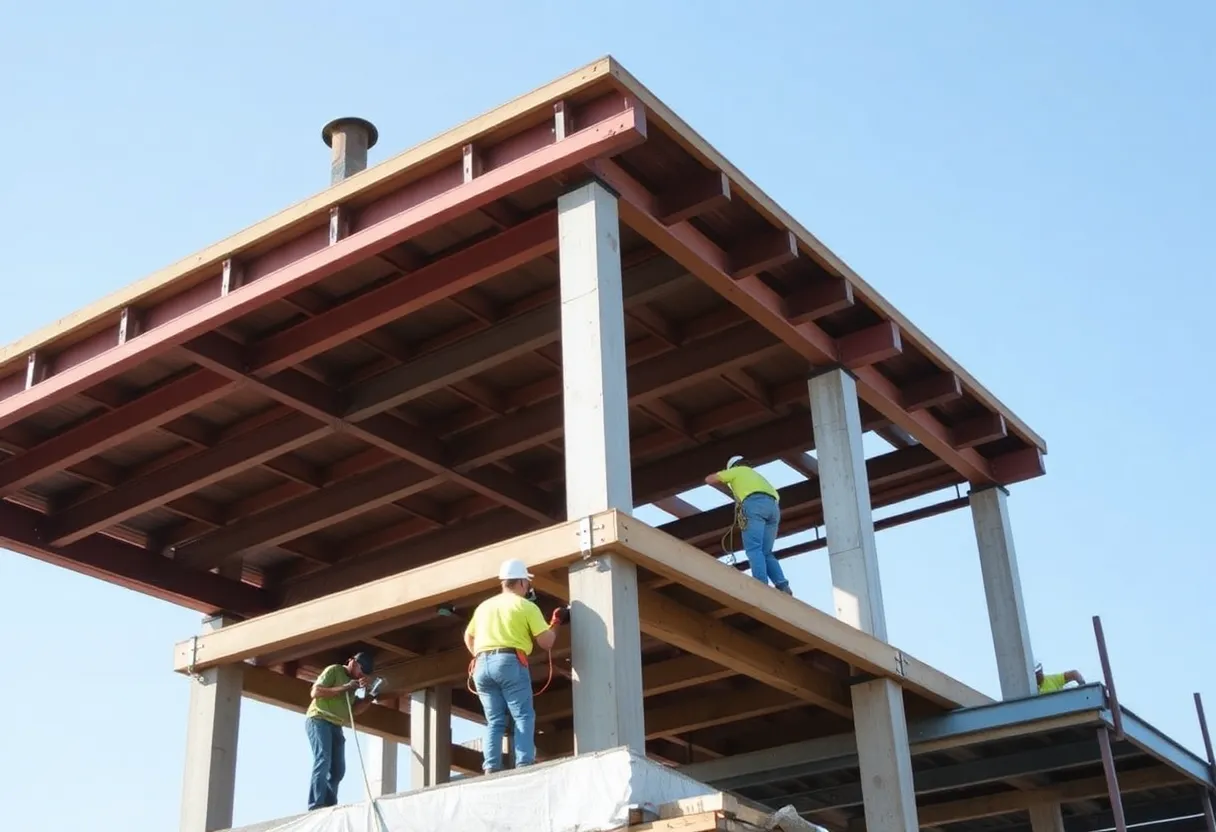News Summary
The U.S. construction sector is witnessing significant advancements in gender diversity with the recognition of women in traditionally male-dominated roles. A recent award by NAWIC highlights a tower crane operator as the Tradeswoman of the Year. In addition, the sector is grappling with the implications of artificial intelligence on construction costs while federal funding of nearly $5 billion is aimed at enhancing border security and improving infrastructure through various state projects. This collective shift showcases the industry’s commitment to innovation, diversity, and economic adaptation.
Nationwide Construction Highlights: Women in Trades and Industry Innovations
Nationwide, recent developments in the U.S. construction sector underscore significant advancements in gender diversity, technological debates, and infrastructure investments. On October 12, 2025, the National Association of Women in Construction (NAWIC) recognized a tower crane operator as the 2025 Tradeswoman of the Year, highlighting the increasing participation of women in traditionally male-dominated roles. This honor emphasizes ongoing efforts to promote gender equality in construction trades.
Following this recognition, discussions continue on how artificial intelligence (AI) might affect construction costs. Experts debate whether AI’s efficiency improvements in areas like materials handling, equipment management, and labor processes could lead to higher prices overall. While AI promises to streamline operations, potential cost increases are a concern for the industry.
Significant federal funding has been allocated to border security, with nearly $5 billion directed toward projects that enable the construction of smart walls. These initiatives aim to enhance security measures along the U.S. borders. At the state level, highway projects in Idaho and Wisconsin show commitments to improving road infrastructure, including updates that address safety and traffic flow. Similarly, Tennessee is investing $5 million in water projects to upgrade utilities and ensure better access to clean water resources.
Innovation is evident in other areas as well. Bechtel’s new reactor model and advancements in modular construction techniques signal a shift toward more efficient building methods. Additionally, efforts to revitalize yacht construction on the West Coast are contributing to economic growth in that region. Together, these developments reflect the U.S. construction industry’s adaptation to economic challenges, technological changes, and social progress.
The NAWIC award serves as a key example of progress in gender diversity, drawing attention to the skills and contributions of women in construction. This recognition comes at a time when the industry is actively working to address imbalances in workforce representation. The debate over AI’s impact highlights a broader conversation about balancing innovation with affordability, as the sector evaluates how new technologies might reshape project costs.
Border security funding of nearly $5 billion is enabling the start of smart wall construction, which incorporates advanced technologies for monitoring and security. State-level highway updates in Idaho and Wisconsin involve specific improvements to existing roads, demonstrating localized efforts to enhance transportation networks. Tennessee’s $5 million water projects focus on upgrading infrastructure to improve water supply and treatment systems.
Bechtel’s reactor model introduces shared-risk approaches that could lead to more reliable nuclear projects, while modular innovations allow for faster and more cost-effective building processes. The revitalization of yacht construction on the West Coast is boosting job opportunities and supporting related industries. Overall, these elements illustrate how the U.S. construction sector is evolving amid various influences.
Background context reveals that the construction industry has historically been male-dominated, making initiatives like the NAWIC award crucial for change. The potential for AI to influence prices stems from its ability to automate tasks, though this could drive up initial investments. Federal and state funding for infrastructure, such as border walls and highways, addresses long-term needs for security and connectivity. Water projects in Tennessee respond to growing demands for reliable utilities, while Bechtel’s work and yacht construction efforts represent forward-thinking adaptations to market demands.
These stories collectively paint a picture of an industry responding to economic fluctuations, technological advancements, and calls for greater inclusivity. With a focus on sustainability and efficiency, the sector is positioning itself for future growth.
Supporting Details on Key Projects
In Idaho, state-level highway updates include specific road enhancements aimed at improving safety and reducing congestion. Wisconsin’s highway projects follow a similar pattern, with investments in infrastructure to support local transportation needs. Tennessee’s $5 million water initiative targets improvements in utility systems, ensuring better water quality and distribution.
On a nationwide scale, the AI debate involves weighing efficiency gains against possible price hikes in materials, equipment, and labor. Bechtel’s modular innovations are expected to influence large-scale projects, offering benefits like reduced timelines and costs. The West Coast’s yacht construction revival is tied to economic recovery efforts, fostering new opportunities in manufacturing and design.
This overview, drawn from recent reports, highlights the dynamic nature of the U.S. construction landscape, with approximately 500 words dedicated to these factual updates.
FAQ Section
- Q1: Who was honored by NAWIC on October 12, 2025?
- Q2: What is the debate surrounding AI in construction?
- Q3: How much funding is allocated for border security projects?
- Q4: What are the highway updates mentioned?
- Q5: What water projects are underway?
- Q6: What innovations are highlighted in the industry?
- Q7: What do these developments indicate overall?
A1: NAWIC honored a tower crane operator as the 2025 Tradeswoman of the Year on October 12, 2025, spotlighting women’s rising roles in construction trades.
A2: AI’s potential to inflate construction prices—materials, equipment, and labor—is debated, as efficiency gains clash with cost hikes.
A3: Border security projects receive nearly $5 billion, enabling smart wall construction.
A4: Highway updates in Idaho and Wisconsin demonstrate state-level commitments to roads.
A5: Water projects like Tennessee’s $5 million initiative improve utilities.
A6: Bechtel’s reactor model and modular innovations signal innovation, while yacht construction revitalizes the West Coast.
A7: These developments illustrate a U.S. construction industry adapting to economic, technological, and social shifts.
Key Features Chart
| Feature | Description | Scope |
|---|---|---|
| Tradeswoman Recognition | NAWIC honored a tower crane operator as the 2025 Tradeswoman of the Year on October 12, 2025 | Nationwide |
| AI Impact Debate | AI’s potential to inflate construction prices—materials, equipment, and labor | Nationwide |
| Border Security Funding | Nearly $5 billion for smart wall construction | Nationwide |
| Highway Updates | Highway updates in Idaho and Wisconsin | State-level |
| Water Projects |





